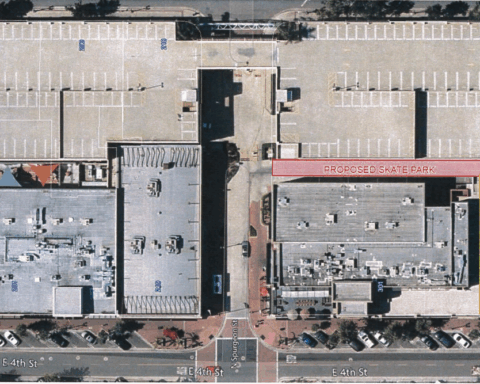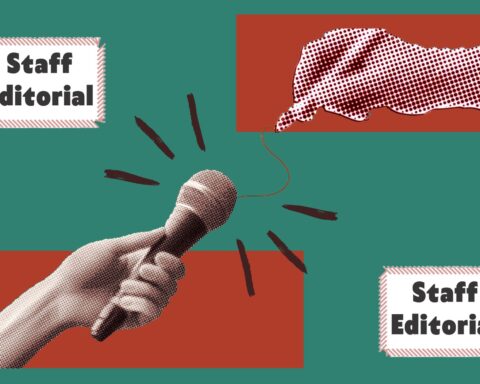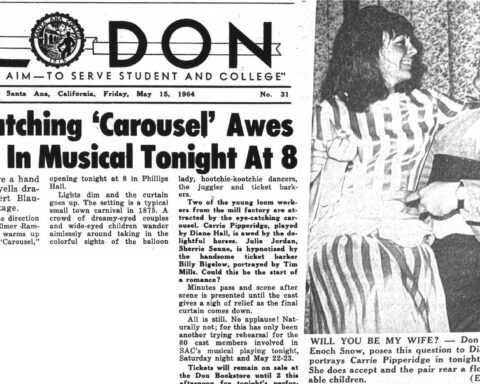A horde of officers detained the roughly 70 customers waiting in line to buy marijuana, searching them and seizing their prescriptions. Agents called them “lazy potheads” and told budtenders to get real jobs. One patient in the middle of a transaction started to hyperventilate and have an anxiety attack, fearing arrest.
“I was trying to convince her she was going to be fine, but at the same time I was freaking out because I didn’t know what was going to happen,” Navarro said.
She describes it as feeling like a robbery. After trashing the place and smashing cameras, officers took all the money, jars of product and smoking paraphernalia. Everyone was eventually released, and a sign reading
“Closed by the DEA” was taped to the locked door.
Reopened a few months later, Wax on Wax is now one of only 29 storefront pot shops still operating in Orange County, all of which are concentrated in Santa Ana. The closing of hundreds of dispensaries that once took root all around the county has cost the state more than $1 million in the past few years.
It’s a war on drugs within the War on Drugs.
In California, Proposition 215 legalized medicinal use of the plant in 1996. Possession and cultivation is allowed by recommendation of a physician for a number of ailments, including cancer, anxiety, migraines, AIDS and anorexia. Cannabis suppliers operate legally under state law, but there is a constant risk of a federal crackdown.
The shutdowns have put a halt to the county’s marijuana green rush. Patients and suppliers are deeply impacted with a vastly smaller number of clinics to visit.
“I used to have 112 clients within a five-mile radius. That was six months ago. Now there’s not a single one,” a grower, who chose not to be identified, said about the disappearance of Garden Grove dispensaries.
But the White House released a memo in August saying the federal government would not encroach upon state laws regulating the sale of cannabis.
Public opinion is swaying towards legalization, with 58 percent of Americans supporting it, according to a 2013 Gallup poll. The majority has switched for the first time since the survey began in 1969.
A political action committee created The California Cannabis Hemp Initiative, an organization that rallies support for legalization. The group envisions a state commerce that would incorporate the regulated sale of the plant, modeled after programs implemented in Colorado and the state of Washington.
As the third most popular drug in the country — behind alcohol and tobacco — a huge underground market exists for the plant.
There are about 700,000 regular cannabis users in California, those who get high several times a week, using an average of two grams per day. At about $15 a gram, there is vast potential for taxable revenue.
In a study about the cost of prohibition, marijuana activist group Cal.NRML estimated that a legal marketplace for marijuana would generate $1.5 to $2.5 billion a year for the state.
- In Photos: Fiestas Patrias 2025 - September 25, 2025
- The two-party system is failing us. - October 19, 2024
- Read our Fall 2023 Print: Vol. 100 No. 1 - October 23, 2023












